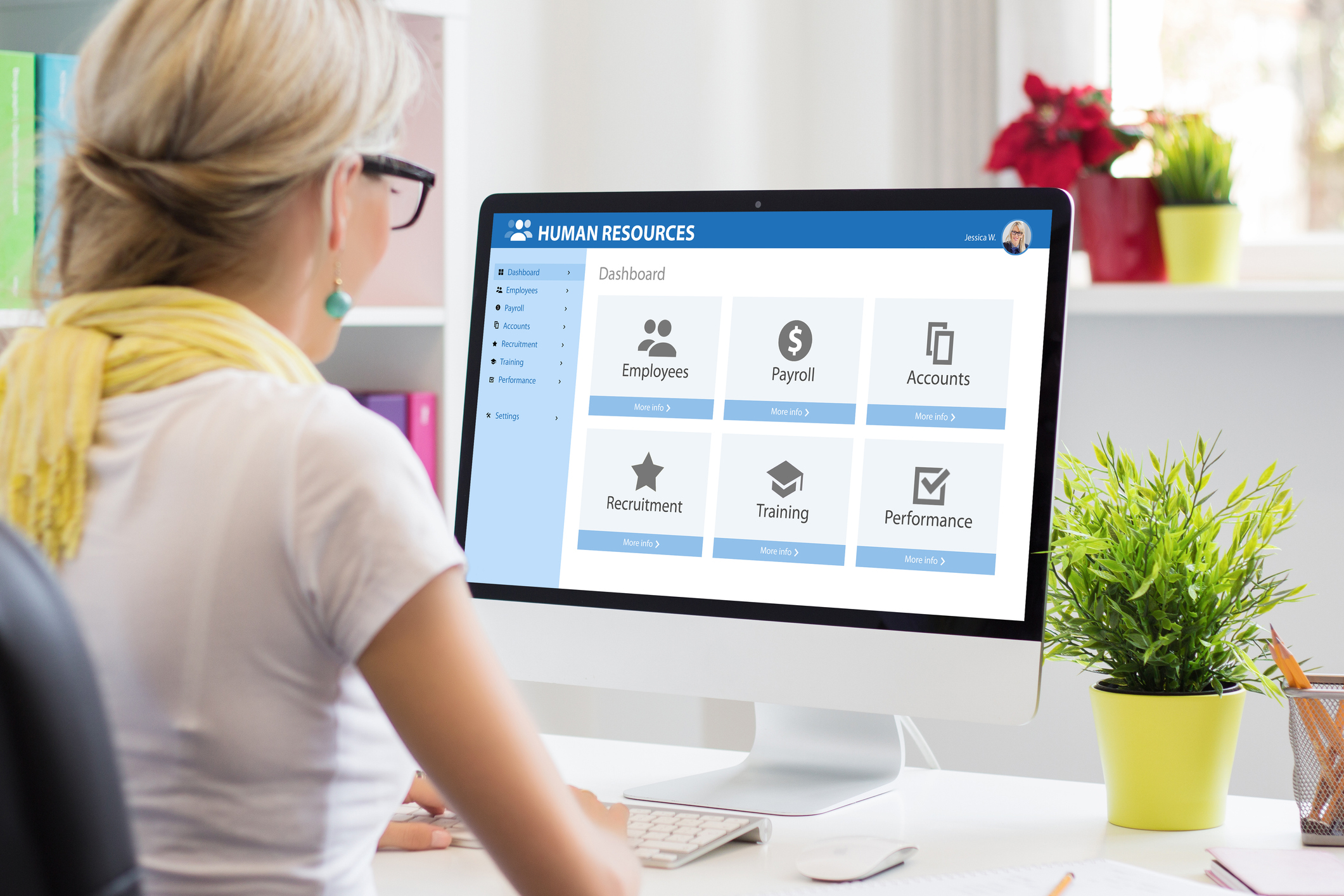Creating processes and putting in systems is one of the most impactful things that comes from mentoring according to many of the small businesses who use our service. Good processes and systems can free up your mind, improve the quality of your team's work and save time. And you can start simply. By keeping your processes accessible and quick to find, you'll make it easy for your team to start working more effectively. Here are some ideas for getting started.
Don’t be put off by the words ‘systems’ or ‘processes’ – it’s really just about making sure that your business identifies effective ways to do things so that you don’t have to figure it out from scratch each time. You can have systems and processes in every part of your business and support them with software.
The owners of Christchurch Wrought Iron were impressed with the impact of processes. Mark and Rebecca said, “We felt overloaded and overwhelmed. We were flat out all the time and were working extremely hard but had little to show for it.
“We felt that we needed help to create some processes to manage everything more efficiently.”
Their Mentor, Keith, helped them get started.
“Keith was amazing. He gave us ideas of how we could set up systems to see where everything was month to month.
“We started with a template for quotes so we could automate some of that. Doing these things showed us areas we weren't charging for.”
The benefits begin with better quality and efficiency.
Efficiency and consistency are two of the biggest benefits of creating systems and processes in your business. You’ll also free up your team to add new value rather than trying to figure out their own way to do things you have already sorted.
At Pure Hair Studio, Mentor Wendy helped implement processes to make sure small things were done.
Owner Sarah says, “We then knew who was responsible and what needed to be picked up if someone was sick.”
Start by capturing what you’re already doing
The best way to start creating your own systems and processes is to understand how you currently do things. Choose a task and make notes of the steps you take. Once you’ve finished, review your steps to see if they’re in the right order or could be done more effectively.
You might like to try this for something such as closing up your store at the end of the day. Your process could include counting and clearing any cash or takings, sweeping the floor, tidying shelves and locking and setting the alarm. This type of process could work well as a checklist.
Systems can support more detailed processes. Software allows you to handle a range of activities with ease. Even your standard office software has lots of tools to set up systems that include approval steps, scheduling and more.
“Scheduling has allowed me to send invoices more regularly and use systems to record chargeable hours as they happen.”
As Colm got new processes and routines in place, the focus of mentoring sessions could then move to strategy.
Simplicity and clarity are important with systems and processes
A good process is one that people can easily use to get consistent results. It helps busy staff if your process is searchable, accessible, concise and complete.
When staff are busy, they need to be able to find the relevent process quickly. You may choose to have an indexed folder at the till, an online handbook for your digital files, or even an intranet with searchable parameters. The important thing is for staff to be able to find what they need without too much prior knowledge of what’s inside the process.
Simple language is essential, so take care with jargon or technical terms. It’s also worth considering where your team will need to access your processes. For example, if you have a process for running a particular machine, you could display a poster nearby.
People always face time pressure, so keep your processes to the point. Being concise means your team is less likely to skip a step. If people need a lot of detail, you might like to set aside time to give them more in-depth training.
Finally, be sure to create complete processes. Explain the ideal outcome at the beginning, so people know what the process is trying to achieve. Include all the steps to get there. Diagrams, photos, contact details, and other necessary information should be included.
Keep improving processes with collaboration
A perfect process is worthless if no one follows it. Getting your team engaged with your systems and processes is vital. Explaining the purpose and inviting collaboration can make all the difference.
People working on the front line often have a wealth of information and experience about where 'sticking' points are. They'll naturally find 'work arounds' for challenges they encounter. Enlist their help by regularly asking them to review your team's processes and systems. Setting up a way for them to give feedback or suggestions can also help people feel empowered and engaged.
When you’re thinking about processes and systems for your business, a mentor can offer guidance about which areas should take priority. They will combine a fresh understanding of your business with their own deep experience. Then, you can start documenting what you do in clear, easy-to-use steps. You may be able to enhance this with software. Getting your people on board with processes and systems will allow you to reap the benefits.
Ready to be matched with a Business Mentor? Start our simple process here.




.png)
-1.png)
%20(1).jpg)
